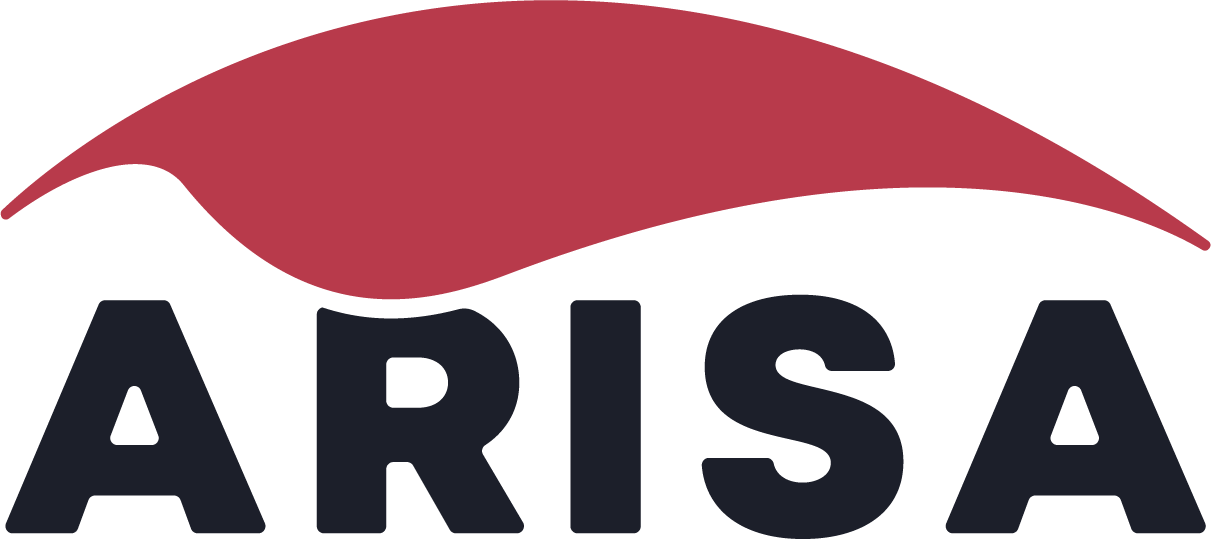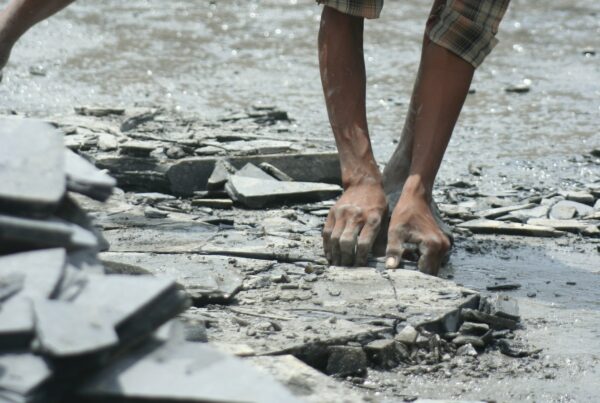Will India’s fishing industry soon disappear? And how will smallholder farmers fare? Will patients worldwide have to pay much more for their -now inexpensive- medication from India? Will local governments still be able to support women’s and minority businesses by awarding them contracts?
A recent study shows that the free trade agreement, which the EU would like to conclude with India, could have drastic consequences. If India accepts the current EU proposal, it will be left with only a few winners and many losers.
The EU – India negotiations
The EU and India have been negotiating a free trade agreement since mid-2022. Yet again, as a similar treaty was also negotiated six years earlier between 2007 –2013. However, those negotiations stalled due to major discrepancies between the EU and India demands. Very little has changed in that respect. But what has changed is the geopolitical situation in the world. Both India and the EU have new incentives to strengthen their ties. India is looking for new allies because its relationship with China is becoming increasingly tense. India has historically focussed on being as autonomous as possible but now realises it needs to build alliances. The EU wants to draw India – which is reluctant to take sides in the war in Ukraine – more towards the Western camp. It is further motivated to strengthen its position because of tensions between China and the US. Moreover, entering into trade agreements is always an EU priority.
What is a free trade agreement?
In contrast to what the name might suggest, what gets agreed upon in a free trade agreement (FTA) is not all that “free” and is not solely about trade. An FTA is a comprehensive form of collaboration with legally binding agreements in many domains. It establishes new ground rules on, for example, product requirements, import tariffs and taxes, and company rights such as intellectual property and protection. If it were up to the EU, the trade deal would also include agreements on government procurement and limit the scope for state aid.
Parallel to the trade negotiations are negotiations on an investment agreement, which would regulate protection for foreign investors. This would allow companies to take the state to court if they believe that government policies harm their interests.
Study on the effects of the trade agreement
The main focus of Arisa around these trade negotiations has been to demand a strict application of the human rights conditions to be included in any European trade agreement. This is important because of the alarming human rights situation in India, which is only represented in one chapter (Trade and Sustainable Development) in the vast package of agreements. Assessing the impact of the whole package is quite a challenge. The German Rosa Luxemburg Foundation took up this challenge and identified the possible consequences for India if it were to agree to the EU’s demands. The study is mainly based on the European proposals because little is known about the Indian (counter)proposals. The study drew on various sources such as economic forecasts, studies on the impact of similar trade deals elsewhere in the world, interviews with experts and information from Indian interest groups that have spoken out because the trade deal could have a major impact on their sector. Although the Rosa Luxemburg Foundation argues that more research is needed, this report paints a picture of the potential implications of an agreement for India.
Below, we share six findings from the report.
1. India and the EU are unequal partners
India is now the largest country in the world by population and much larger than the EU but remains a developing country. If we compare the EU and India, we see that in the EU 5.8% of the world’s population earns 17.8% of global gross domestic product (12.5 trillion), while in India 17.8% of the world’s population earns 3.3% of global GDP (2.32 trillion). These figures do not even reflect India’s high poverty and domestic inequality. The Rosa Luxemburg Foundation report suggests that such unequal partners would have difficulty negotiating an equal agreement.
Additionally, inequality persists between the parties in the degree of transparency and democratic safeguards in these negotiations. India’s central government is discussing this FTA with the EU behind closed doors. Regional governments in India and stakeholders are not involved – there is no democratic process. Some democratic rules have been determined in the EU: member states and the European Parliament must approve the outcome of the negotiations. During the negotiations, there is some transparency about the process, such as information meetings for stakeholders. The European Parliament is also kept informed.
2. Agriculture and fishery: food security India under pressure and tough competition
Indian agriculture is predominantly very small-scale with a high proportion of women among the small producers. Small producers will struggle due to imports of European, large-scale agricultural products. Moreover, due to new rules around patents, supplies such as seeds and fertilisers are expected to become much more expensive for Indian farmers.
The export of agricultural products from India is now very limited. The Indian government levies export taxes on agricultural products to ensure food security for its population. The EU wants to lift these taxes, depriving the Indian government of a tool for its food security policy. Lifting export taxes on agricultural products does create an opportunity for, likely larger Indian agricultural producers: it will make it easier for them to export to the EU. However, they will have to meet high EU standards, which probably only a few will be able to do. Indian exports will certainly not outweigh European imports.
The biggest concerns are surrounding the dairy sector. India has many small dairy producers, often cooperative organisations. The Indian government has consistently excluded the dairy sector from free trade agreements with other countries. India’s largest diary cooperative advocates the same now, but the EU, a major supplier of dairy products, wants India to fully open the market for its products. The result will be a cutthroat competition.
As for fisheries, the report is brief: there are now mostly small-scale fishermen in India. The sector is subsidised because of its importance for food security. If the trade agreement allows the access of large European trailers to Indian waters, as the EU wants, the whole Indian fishery sector will go under.
3. Winners and losers in the industry
In industrial manufacturing, it is likely that there will be both winners and losers. The Indian sectors that will benefit most from this trade deal are the garments, textile and leather products sectors. These sectors already export largely to Europe – and a free trade agreement will make that easier as European import tariffs will be dropped. Conversely, India must also reduce its (much higher) import duties; this will provide European industries easy access to the Indian market. This is expected to include the automotive industry, chemicals and industrial machinery. This will create tough competition for Indian manufacturers. The Indian vehicle industry in particular will be hit hard. Predictions made in previous negotiations anticipated growth of European cars in the Indian market from 26% to 83%, while Indian vehicle exports to Europe remain the same: 1.3%.
In order to export, technical requirements and standards apply. Indian manufacturers will likely struggle to meet these EU requirements and standards. In addition, the requirements for exports to Europe include labour rights and environmental standards. That sounds positive, but the question is how it will make a difference if, at the same time, entire Indian production sectors may fail.
4. The EU is hungry for raw materials
The EU has a great need for new sources of raw materials, both for conventional mining products and rare minerals needed for the ongoing energy transition. The EU’s raw materials strategy identified India as one of the key countries with potential for raw material extraction, as well as a country that currently protects its raw materials too much with taxes, strict investment rules and environmental regulations. The EU, therefore, has a clear agenda: to gain direct access to Indian raw materials and remove these barriers.
This has to happen mainly through an investment deal. India knows about the consequences such agreements can have. Investment agreements with other countries have led to a series of arbitration cases; companies can sue the government if they believe government policies are working to their disadvantage. The Indian government has drawn the short straw many times in these instances. This is not only costly because of the penalties but it also means that the Indian government can no longer determine its policies.
Drawing from previous experience, India has proposed its own set of investment rules (the Indian model Bilateral Investment Treaty) to the EU that would require foreign investors to abide by national laws while leaving India room for its policies, for instance, on the environment, public health protection and labour rights. The EU wants to take things much further and give investors more rights, meaning they should not be “inconvenienced” by restrictive policies.
The EU also seeks to make similar agreements on all kinds of other energy matters: extraction of raw materials for energy, but also transport and services around energy including a “non-discriminatory” right to energy supply.
5. Medicines: prices and accessibility under pressure
India is the “pharmacy of the world” thanks to the large-scale production of cheap drugs, of which the patents have expired. The country supplies 20% of generic medicines worldwide and 62% of vaccines. Its production is coming under pressure as the EU seeks to extend patents for “combined” drugs and provide new patents and other thresholds that complicate generic production such as longer protection of research data of pharmaceutical companies. The EU had laid these proposals out on the table during earlier negotiations too but withdrew them after fierce criticism from civil society organisations and patient associations in India and worldwide. Now the proposals go even further than the first time around. Experts expect major and global consequences: medication could become incredibly expensive – up to 50 times more expensive – and limit access to medicines for large groups of people.
6. Government procurement
Public procurement and purchasing accounts for a significant part of the market. The EU would like more access to that market and has made proposals that again go further than during the earlier negotiations. Per the new proposals, India should open up all procurement at the national and regional level and from specific agencies if it exceeds a certain amount. This provides opportunities for the European construction, transport, services, office supplies and ICT sectors, and others.
Indian companies are unlikely to be able to secure the same access to European tenders; they will mostly struggle to meet technical specifications or other requirements set in Europe.
A more serious issue, however, is that India will thereby lose an important tool for reducing poverty and internal inequality in the country. While public procurement, including in India, often involves corruption, it is also frequently used to provide opportunities to disadvantaged groups. This is an important tool to combat inequality in the country. There are programmes that support micro-enterprises or give priority to minority or women-owned enterprises. Should India agree to the European proposals, there will be limited space left for this.
In conclusion
The negotiations have only just begun and are reportedly exponentially challenging. This is hardly surprising considering what is at stake for India.
Given the geopolitical stakes, it is remarkable that the European proposals go this far. Previous negotiations have shown that India will not go along with such proposals and wants to keep national control over its policies. It is highly doubtful whether the negotiating parties will reach an agreement. In any case, it is certain that the negotiations will take a long time.




